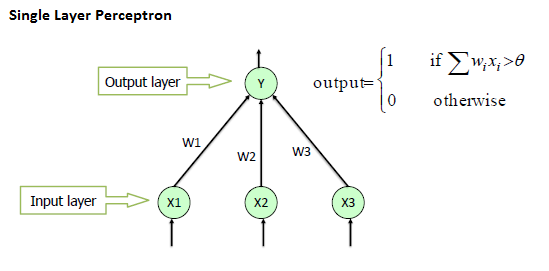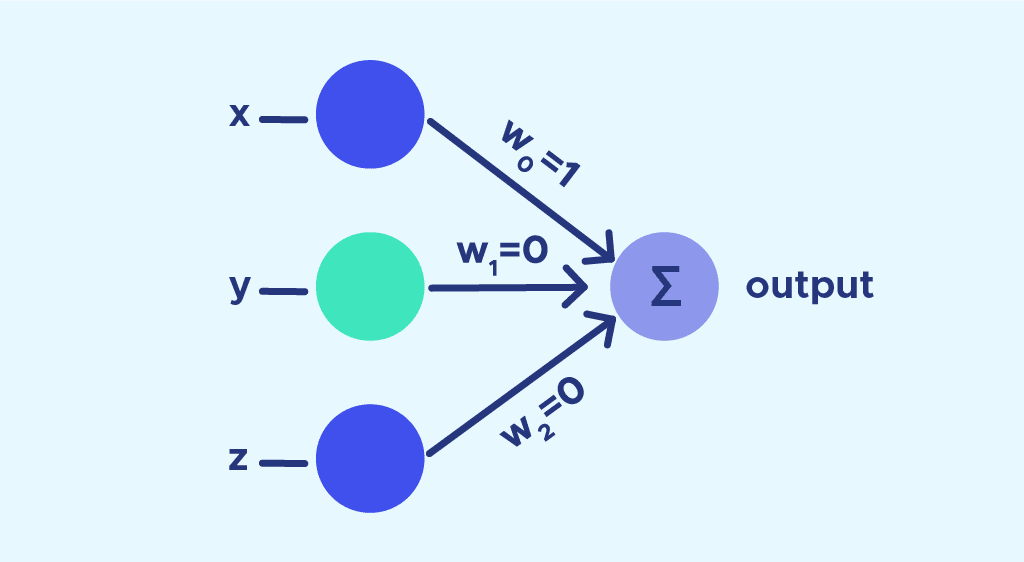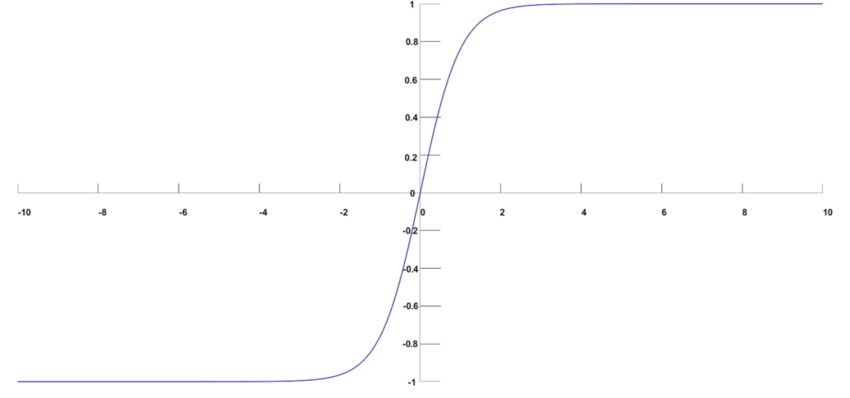🔍 Introduction
Reinforcement learning (RL) is a branch of machine learning where agents learn through trial and error by interacting with an environment. They take actions and receive feedback in the form of rewards or penalties. Over time, the agent improves its behavior to maximize long-term reward.
But here’s the tricky part:
Should the agent keep trying new things (exploration)? Or should it stick to what it knows works (exploitation)?
This tension is known as the exploration vs exploitation trade-off—a core challenge in reinforcement learning and one that significantly affects learning speed and decision quality in AI systems.
🌱 What is Exploration in RL?
Exploration means trying actions that the agent is less familiar with—even if they don’t currently seem optimal. The goal is to gather new information about the environment.
🎯 Real-Life Analogy:
Imagine you're traveling in a new city. You've heard about a few popular restaurants (exploitation), but you also want to try lesser-known spots (exploration). You might discover a hidden gem, or waste time on a bad meal—but that’s the cost of learning.
🧠 In RL Terms:
Exploration helps the agent understand the full environment. For example, a robot in a maze might initially take random turns to learn the layout, even if it means hitting a few walls.
✅ Benefits of Exploration:
Prevents early convergence to suboptimal strategies
Encourages discovery of better policies
Leads to robust learning in dynamic or unknown environments
📌 When It’s Used:
In early stages of training
When performance plateaus
In non-stationary environments where rules change over time (e.g., financial markets)
🍕 What is Exploitation in RL?
Exploitation is when the agent uses its current knowledge to choose actions that are most likely to yield the highest reward based on past experience.
🎯 Real-Life Analogy:
Let’s say you’ve already found your favorite coffee shop. Rather than risk disappointment elsewhere, you keep going back. It’s a reliable, safe choice.
🧠 In RL Terms:
Once the agent has tested various strategies, it starts picking the ones that consistently perform well. For instance, a recommendation engine might continue showing a user the genre they watch most often.
✅ Benefits of Exploitation:
Increases immediate reward
Builds consistent performance
Crucial in time-sensitive or mission-critical tasks (e.g., robotics)
⚠️ Limitations:
Risk of missing better alternatives
Can lead to local optima, where the solution seems good but isn’t the best overall
Inflexible in changing environments
⚖️ The Trade-Off: Exploration vs Exploitation
The real challenge in RL is knowing when to explore and when to exploit.
🤔 Why is Balance Crucial?
Too much exploration wastes time and resources.
Too much exploitation prevents learning.
The ideal policy dynamically adjusts depending on what the agent knows and how uncertain the environment is.
🎯 Example:
In game AI, exploring new strategies might cause the agent to lose early games. But long-term, it could discover a superior winning tactic. On the flip side, exploiting too soon might make it repeat a suboptimal move forever.
🧠 Link to Learning Goals:
The ultimate aim is to maximize cumulative reward.
Balanced decision-making increases learning efficiency and solution optimality.
⚙️ Balancing Strategies in RL
Several algorithms help agents balance exploration and exploitation intelligently. Let’s explore the most common ones with simple metaphors.
1. ε-Greedy Strategy (Epsilon-Greedy)
The ε-greedy algorithm is one of the simplest and most widely used strategies.
🔧 How It Works:
With probability ε (like 0.1) → the agent explores randomly.
With probability 1 - ε → the agent exploits the best-known action.
🎯 Visual Example:
Imagine you flip a 10-sided die every time you make a choice. If it lands on 1, you try something new (explore). Otherwise, you go with what’s worked before (exploit).
✅ Pros:
Simple and easy to implement
Allows controlled randomness
Works well in many domains
⚠️ Cons:
Doesn’t prioritize which unexplored actions might be better
Pure randomness can be inefficient
✅ SEO Term Used: ε-greedy strategy RL
2. Upper Confidence Bound (UCB)
UCB aims to be more strategic with exploration by considering both:
The average reward of each action
The uncertainty (how often it’s been chosen)
🔧 How It Works:
UCB picks the action with the highest upper confidence bound, which combines the expected reward and uncertainty. This helps prioritize promising but under-tested actions.
🧠 Real-Life Example:
You’ve eaten at Restaurant A 10 times and B only once. Even if A seems better, B could be amazing—you just don’t know yet. UCB helps you give B another chance, but less often over time.
✅ Pros:
Smart exploration: not random
Well-suited for multi-armed bandit problems
Balances risk and reward
✅ SEO Term Used: Upper Confidence Bound in AI
3. Thompson Sampling
This strategy uses probability distributions to model uncertainty. Actions are chosen based on samples drawn from these distributions, reflecting their chance of being optimal.
🔧 How It Works:
For each action, estimate a distribution of possible rewards. Sample from those distributions and choose the action with the best outcome.
🧠 Analogy:
Think of it like playing the slot machine with the highest chance of hitting the jackpot based on past plays—but with enough randomness to occasionally try others.
✅ Pros:
Naturally balances exploration and exploitation
Performs well in practice
Scales to complex scenarios
✅ SEO Term Used: Thompson Sampling reinforcement learning
🌍 Real-World Applications of the Trade-Off
Balancing exploration and exploitation isn't just a theoretical problem—it’s critical in real-world RL systems.
🤖 1. Robotics
Robots need to learn how to navigate, grip, or interact in uncertain environments. Early exploration is essential, but repeated exploitation ensures reliable performance.
📺 2. Recommendation Engines
Netflix, Spotify, and YouTube use RL to recommend content. They exploit known preferences, but also explore new genres to increase engagement.
🧪 3. A/B Testing and Marketing
Companies test different headlines, ads, or designs (explore), then scale up the best-performing ones (exploit) for maximum ROI.
🎮 4. Game AI
RL-based agents explore different strategies during training. Once a winning pattern is found, they exploit it for victory.
✅ SEO Term Used: real-world reinforcement learning applications
❌ Common Mistakes & Pitfalls
Even in well-designed RL systems, poor balance can hurt performance. Here are common pitfalls to avoid:
1. Overfitting to Known Strategies (Too Much Exploitation)
Agents become predictable or inefficient
Miss out on optimal or evolving strategies
Common in game AI or rigid control systems
2. Ignoring Unseen Opportunities (Too Much Exploration)
Wastes time on low-reward actions
Leads to inconsistent behavior
Seen in systems with poor reward modeling
💡 Real-World Case:
An e-commerce platform kept trying new ad layouts (exploration), ignoring a high-converting design. Sales dipped until it shifted toward exploitation.
✅ Conclusion
The exploration vs exploitation in reinforcement learning dilemma lies at the heart of intelligent decision-making. The ability to balance these behaviors determines whether an agent can:
Learn efficiently
Adapt to change
Maximize long-term reward
🔑 Final Takeaways:
Exploration discovers new possibilities.
Exploitation applies what’s already known.
Dynamic strategies like ε-greedy, UCB, and Thompson Sampling help AI agents learn smarter.
So whether you're building the next game bot or recommendation engine, remember: it’s not about choosing one over the other—it’s about balancing both wisely.
❓ FAQ: Beginner-Friendly Answers
1. What is exploration in reinforcement learning?
Exploration is when an agent tries new or less familiar actions to learn more about the environment, even if it doesn't get a reward right away.
2. What does exploitation mean in RL?
Exploitation means choosing actions that have worked well in the past to maximize the current reward.
3. Why is the exploration vs. exploitation trade-off important?
This trade-off affects how well and how fast the agent learns. Good balance leads to better long-term performance.
4. What is an ε-greedy algorithm?
It’s a strategy where the agent explores randomly a small percentage of the time (ε), and otherwise exploits the best-known action.
5. How does UCB work in RL?
UCB adds a confidence level to each action’s reward. The agent picks the action that might be best—even if it’s not fully tested yet.
6. When should you explore vs. exploit in AI systems?
Explore more when starting out or facing change. Exploit more when the best strategy is well-known.
7. Can you give real-world examples of exploration vs exploitation?
Yes! Streaming apps show your favorites (exploitation) and suggest something new (exploration). Same with GPS apps rerouting during traffic.
8. What happens if an agent only explores or only exploits?
Only exploring = slow progress.
Only exploiting = stuck with suboptimal choices.
Both extremes are bad—balance is key.










Write a comment ...